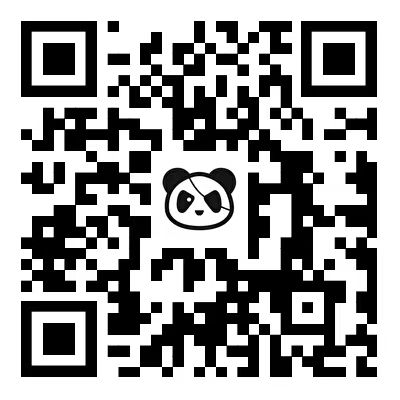Is it tough without sponsorship? The freedom of choice is also an advantage.
When the French young player Terence Atmane, ranked only 132nd in the world, dominated world No. 9 Rune in the quarterfinals of the Cincinnati Masters, the camera captured the moment he roared towards the sky. The scoreboard read 6-2, 6-3; this left-handed player, who came through the qualifiers, had knocked out four top players in a row, reaching the semifinals of a Masters event for the first time in his career. When asked about his feelings afterward, his response left the audience stunned: “Besides the racquets provided by Tecnifibre, I have no sponsors and have to buy my own clothes and shoes to compete.”

Atmane's status of being “without sponsors” stems from a brand dispute. During the 2024 Shanghai Masters against Fritz, he appeared on the court wearing Nike shoes while his sponsor at the time was Asics. After a photo of this incident spread on social media, Asics immediately terminated the contract. He helplessly wrote on Instagram: “Thank you for everything you did, even though you fired me. I cannot complain about this decision.” Since then, this tennis genius with an IQ of 158 (close to Einstein's level) has had to rely on prize money to sustain his career.
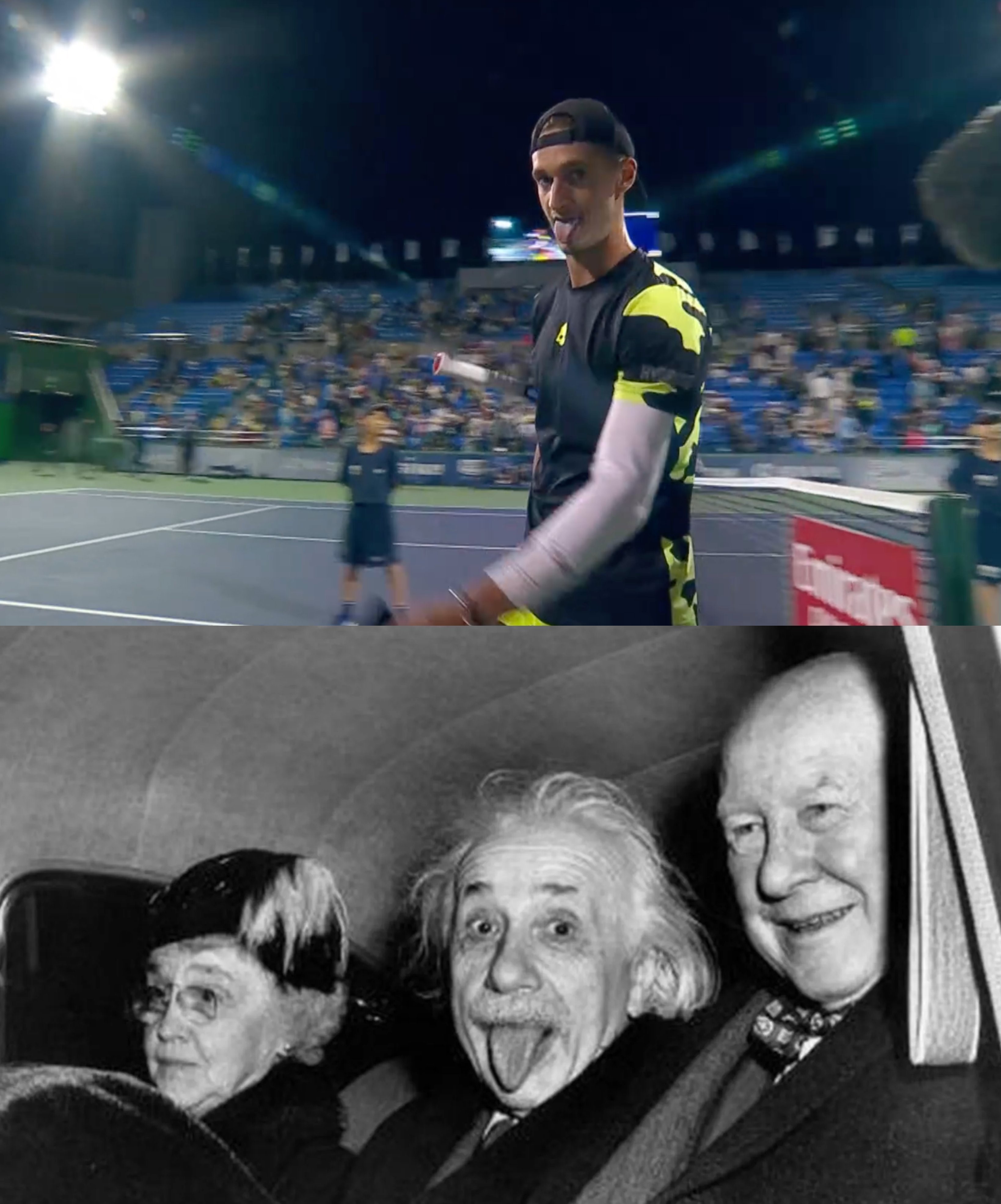
At the pinnacle of professional tennis, players who purchase their own equipment are far from rare. For example, when Taiwanese star Hsieh Su-wei caused an upset by defeating world No. 1 Halep at Wimbledon in 2018, foreign media discovered she wore a Nike cap and an Adidas dress while wielding a racquet with no sponsor logo. Six years later, competing at the 2024 French Open, the 38-year-old still brought only two racquets to the court: “Negotiating with sponsors is too exhausting; it’s better to focus on the game.” For players like Hsieh Su-wei, the lack of sponsorship has become a form of identity—while opponents are adorned with brand logos, they declare through their mixed styles: “The autonomy of equipment is in my hands.”
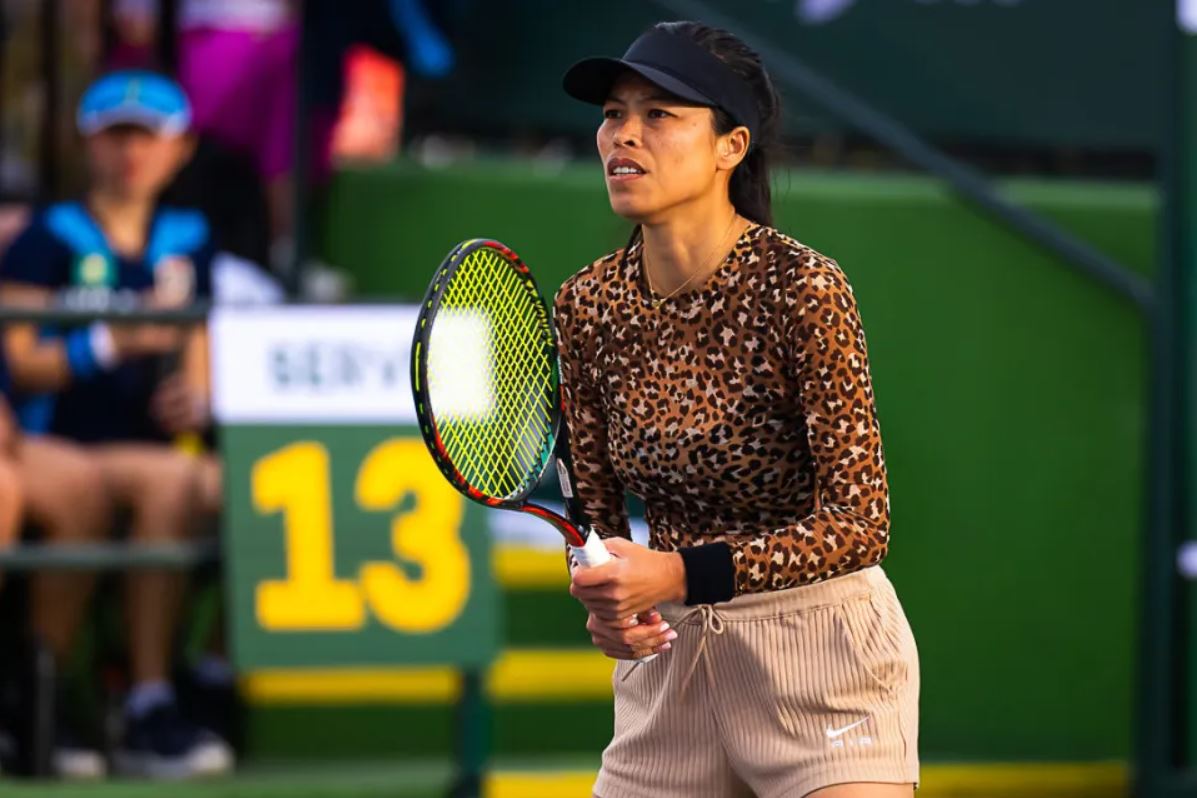
Breaking free from the shackles of sponsorship grants players threefold freedom: the first is freedom of image. Hsieh Su-wei broke the convention of brands requiring “uniformity” by mixing Nike and Adidas at Wimbledon; the second is freedom of speech. Atmane dares to publicly criticize the sponsorship system: “Without an agent, I do my own thing in my corner”; finally, there is freedom of choice. Hsieh Su-wei faced online attacks for her political stance, with critics claiming “poor relationships lead to no sponsorship,” but her independent status allows her to avoid concerns about the public relations risks of brands.
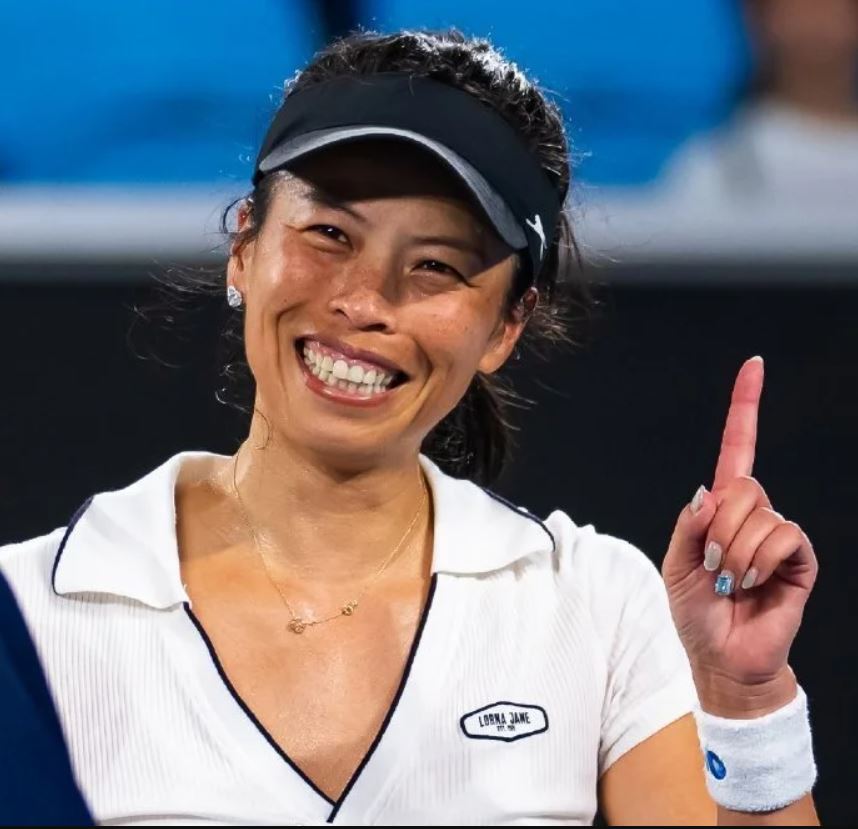
On the surface, being without sponsors seems to indicate financial hardship. Atmane admits: “Participating in challenger events feels like burning money; I often have to pay out of pocket.” However, the prize structure in professional tennis is quietly changing this equation: the total prize money for the 2025 US Open exceeds $90 million, with the singles champion taking home $5 million; after reaching the semifinals in Cincinnati, Atmane’s ranking soared from 136 to 69, earning over $660,000 in prize money—enough to cover his training costs for the entire year. More importantly, the financial pressure transforms into competitive motivation. When Atmane defeated Fritz to secure a spot in the TOP 100, he exclaimed, “This is a huge amount of money for me!” At that moment, the prize money became not just a reward but the oxygen to survive.

Of course, the cost of being without sponsors is also well known and heavy. Atmane has to personally arrange all his travel, while top players have teams to handle logistics; training resources are also limited: “I can only afford a coaching team once I reach the TOP 100.” Additionally, the risk of equipment must be borne by the players themselves; Hsieh Su-wei only brings two racquets to Grand Slam events, and if one breaks or gets damaged, she faces the dire situation of having no racquet to use.
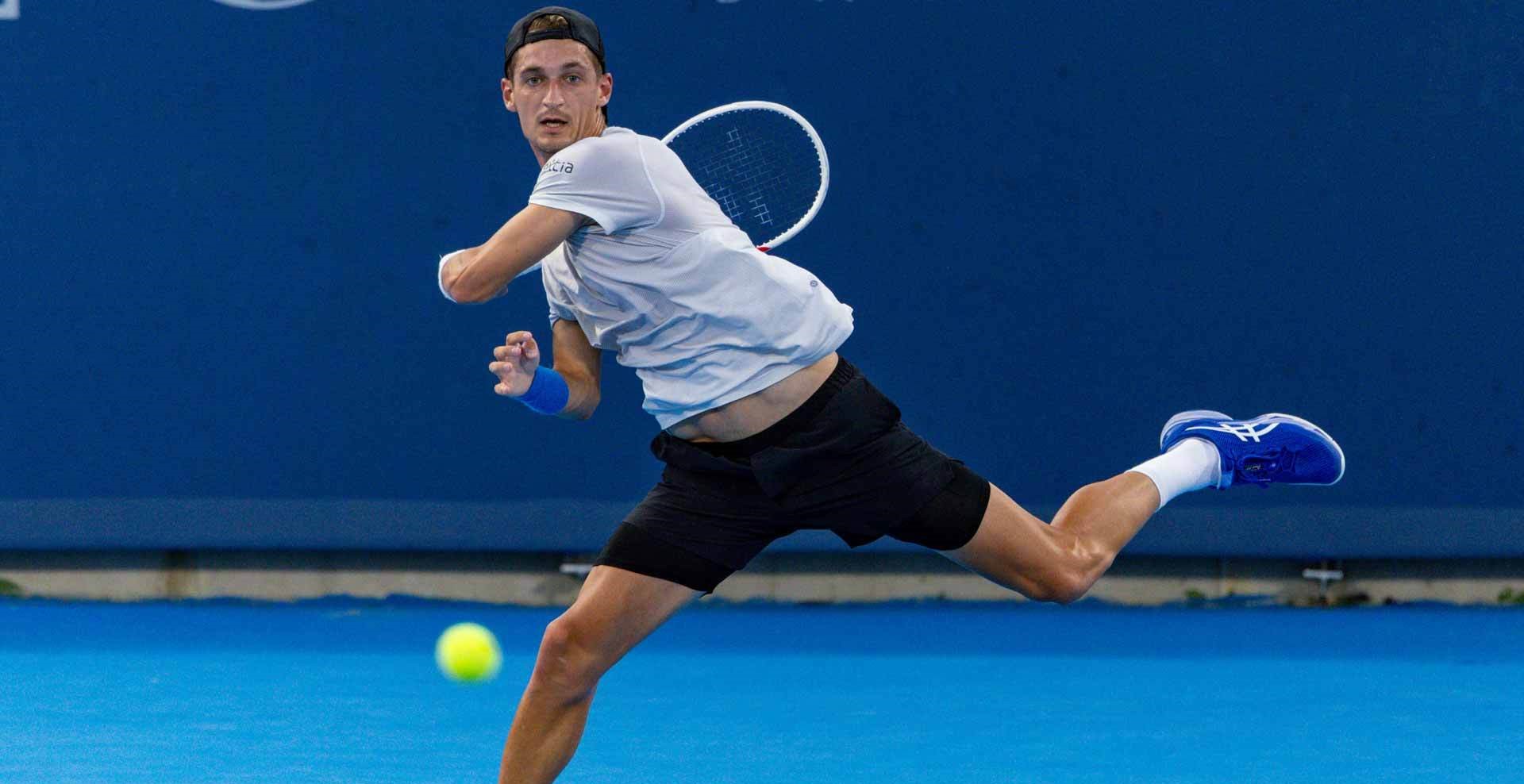
“Lacking resources doesn't mean you can't make your dreams come true.” Hsieh Su-wei's declaration on Facebook has become a collective motto for players without sponsorship. Yet behind this resilience lies a resource predicament that is hard for ordinary people to imagine—while opponents travel on sponsor-chartered flights, they are still calculating how many racquets can be checked in on budget flights.
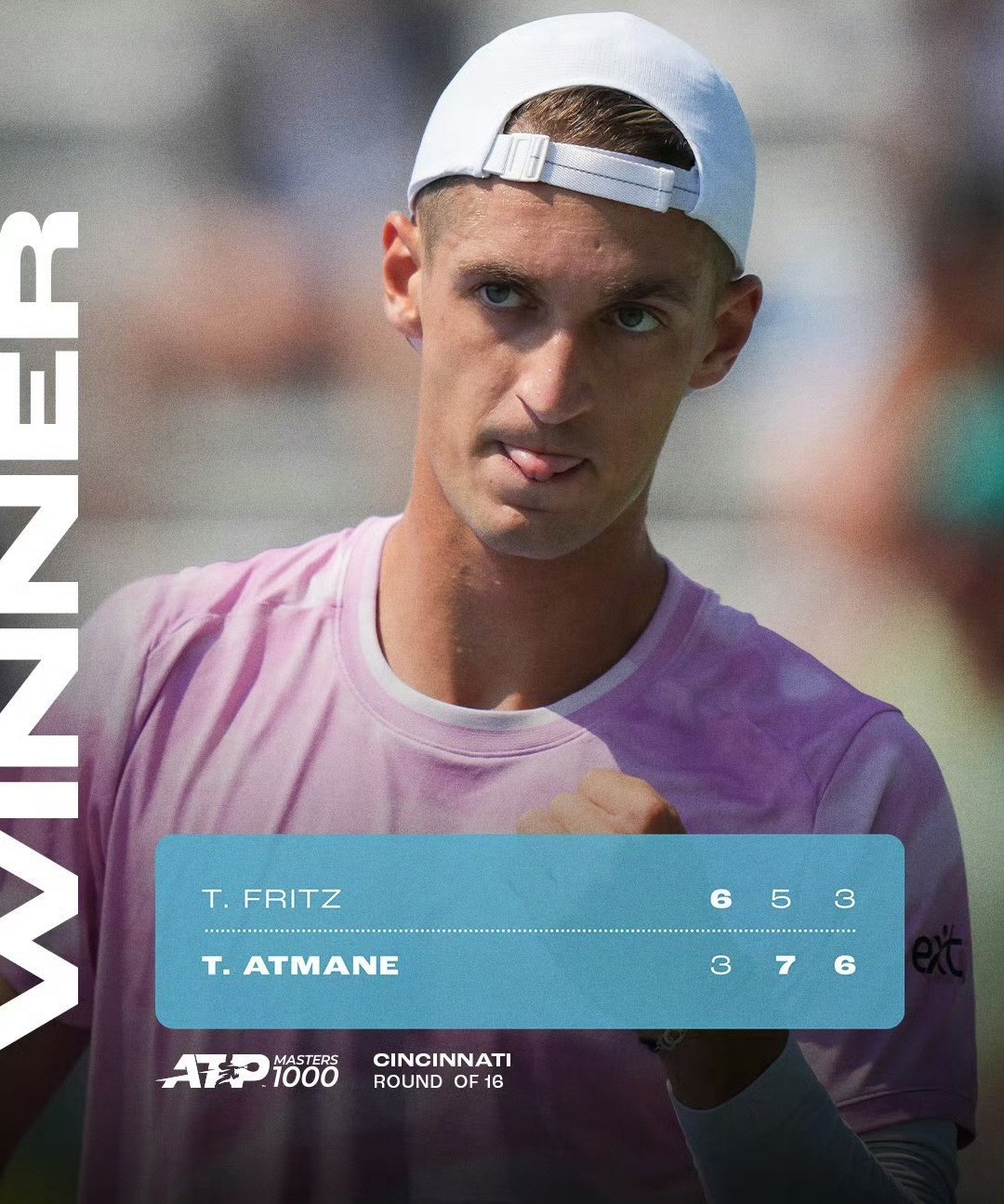
Under the spotlight, Atmane stands on the center court in Cincinnati, about to challenge world No. 1 Sinner. His jersey bears no logo, and his shoes are an old model he purchased online. Before the match, a reporter pressed him about sponsorship issues, and he smiled while showing off a Pikachu sticker on his phone case: “Look, this is my real sponsor—Pokémon gives me strength.” The audience erupted in laughter, but few know the deeper truth spoken by this Pokémon collector: when commercial shackles fall away, the purest power of sports emerges from its cocoon.
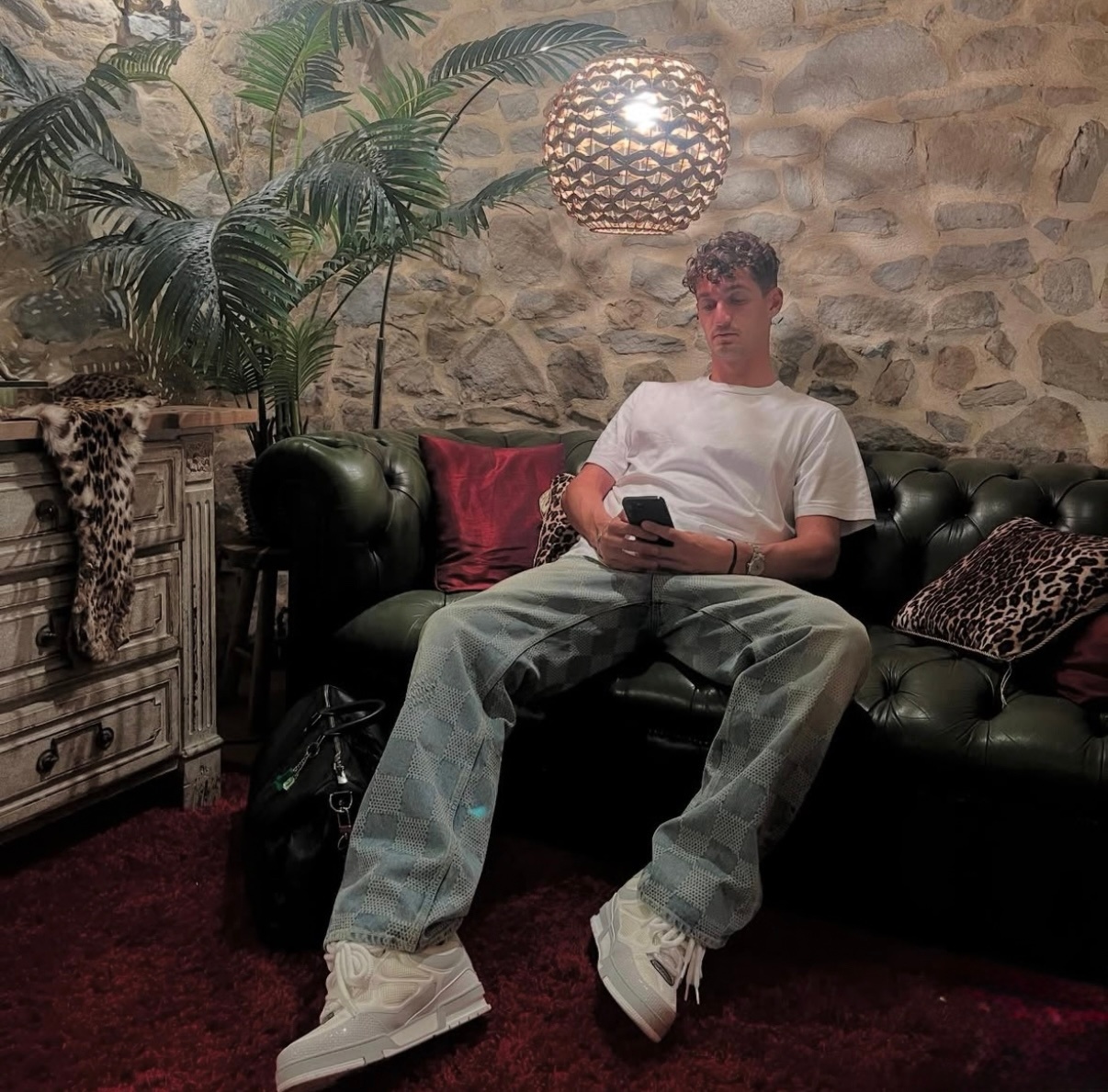
In the commercial universe of professional tennis, the state of being without sponsors is like a double-edged sword—it cuts off the flow of resources but also breaks the shackles of brand constraints. These players who purchase their own jerseys write a rebellious declaration through their mixed styles: true competitive dignity always lies in the untainted realm untouched by logos.(Source: Tennis Home Author: Xiao Di)







 Links
Links
 Contact
Contact
 App
App


